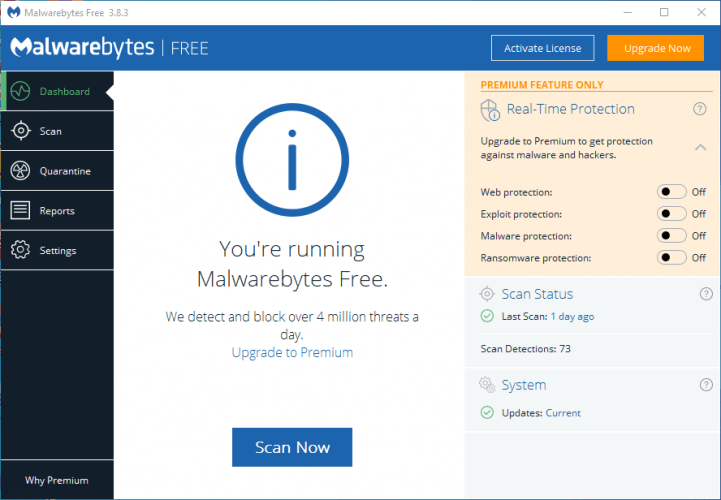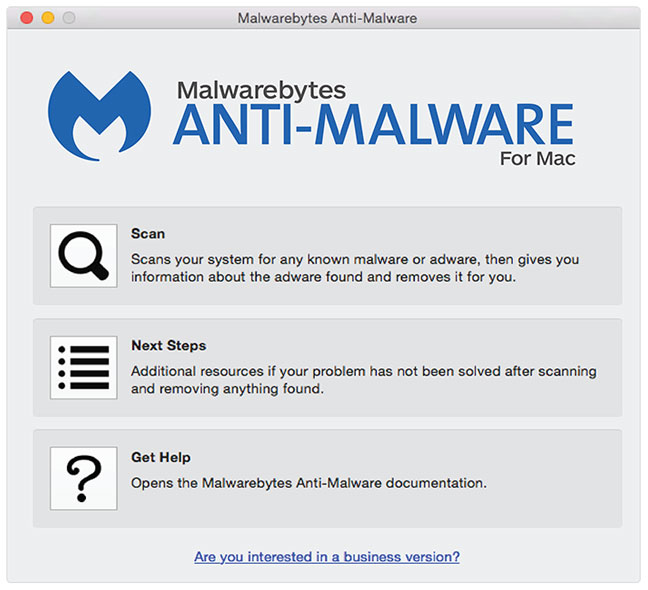

WMI tools make the perfect crime 'malware-free'Īs always, save yourself the hassle and get protected.It may be of interest to note, that HP has published an advisory web page for enterprise users of HP Wolf Security, URL: That website lists recommended Directory Exclusions and File Exclusions, intended to prevent third-party security tools (running at the same time with HP Sure Click Enterprise) from scanning specific files belonging to HP Sure Click, Bromium and related applications within HP Sure Click.It also shows an example of such a hijacker. This post describes how WMI hijackers work and why they are hard to find on an affected system. and the connections the infection tries to make. Users of Malwarebytes Anti-Malware Premium are protected against this hijacker.

More details can be found in or removal guide for 9o0gle on the forums. Some elements of the resulting infection are detected as the more general. Malwarebytes detects this WMI hijacker as. So far, every WMI hijacker we have seen belongs to the same family often referred to as Yeabests, which is after the domain the users are hijacked to. This extension is dropped to the drive, making this infection not completely fileless. com site is also opened.įor Chrome-based browsers, a special extension is loaded. It then appends the hijacker's URL-in this instance, -to these shortcuts, so when users double-click the Firefox browser shortcut, for example, the said. If ChromeBrowserDic.Exists(LCase(name)) ThenĬreateobject("wscript.shell").run "cmd /c taskkill /f /im scrcons.exe", 0Įffectively, this WMI script hijacker sample looks for browser shortcuts in a list of folders. Name = fso.GetBaseName(path) & "." & fso.GetExtensionName(path)

Set oShellLink = WshShell.CreateShortcut(file.Path) If LCase(fso.GetExtensionName(file.Path)) = "lnk" Then Set fso = CreateObject("Scripting.Filesystemobject")įor Each file In fso.GetFolder(FoldersDic(i)).Files
Malwarebytes manual scan code#
Below is the code for a WMI script hijacker that we're going to use as an example: Dim objFS:Set objFS = CreateObject("Scripting.FileSystemObject")Ĭonst linkChrome = " -load-extension=""C:\Users\\AppData\Roaming\Microsoft\Internet Explorer\Quick Launch\User Pinned\TaskBar" In this case, the execution of the script is done by the “ASEC” instance of ActiveScriptEventConsumer.
Malwarebytes manual scan windows#
To answer this, let's first understand how a WMI script is executed normally on a Windows system. WMI also offers a great deal of tools to gather information about a system or a network. WMI techniques were used by malware like Stuxnet in the past.

Which is why it is considered as another fileless infection. To view them, you will need to use special tools like WMI Explorer:Įffectively, the script to be executed is hidden from the user, and the script (as a file) isn't stored on the system. The actions to be executed by the WMI are scripted either in Visual Basic or Powershell and stored in a special repository. So why is it so hard to find the malware? One problem is that it's not recommended to disable WMI, as you might with WScript, because it is also in use for system critical operations (e.g. This includes (remotely) changing system settings, properties, and permissions. As the name Windows Management Instrumentation implies, this is a set of tools that manage devices and applications in a Windows environment. To explain why they are so hard to find requires an introduction to WMI. Even experienced users may be stumped if they run into one and don’t know where to look. Windows Management Instrumentation (WMI) hijackers are proving to be a plague to remove for the average user.


 0 kommentar(er)
0 kommentar(er)
